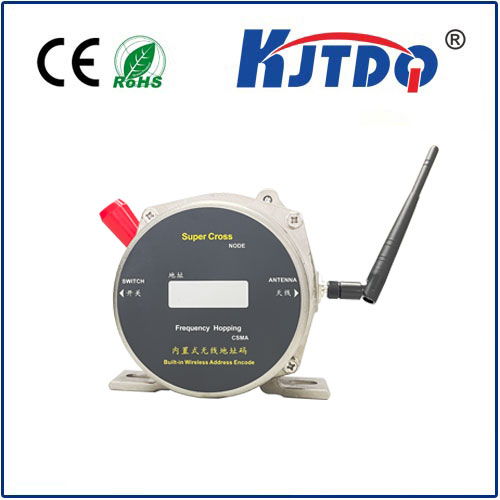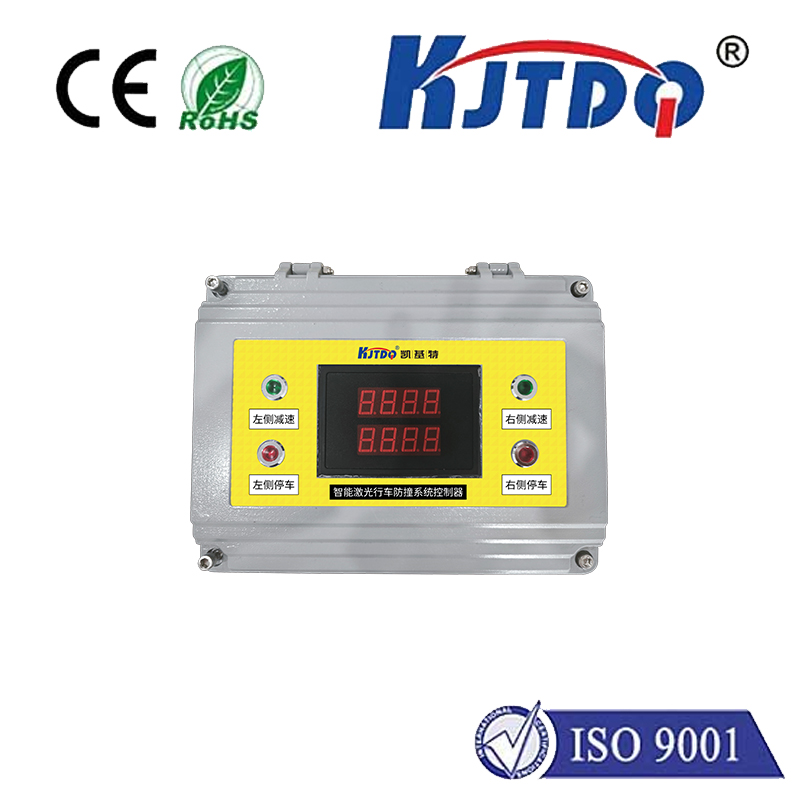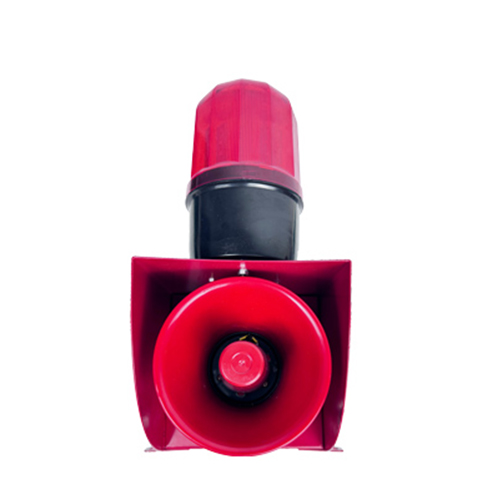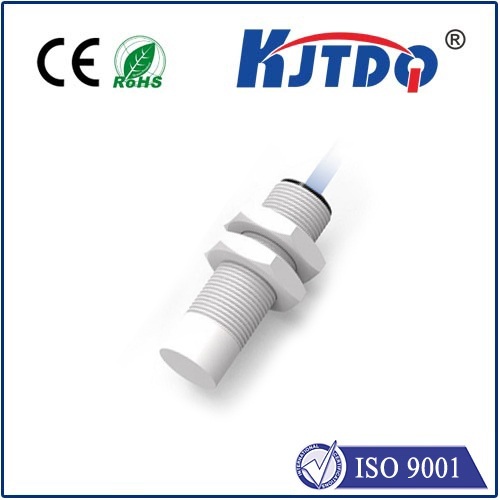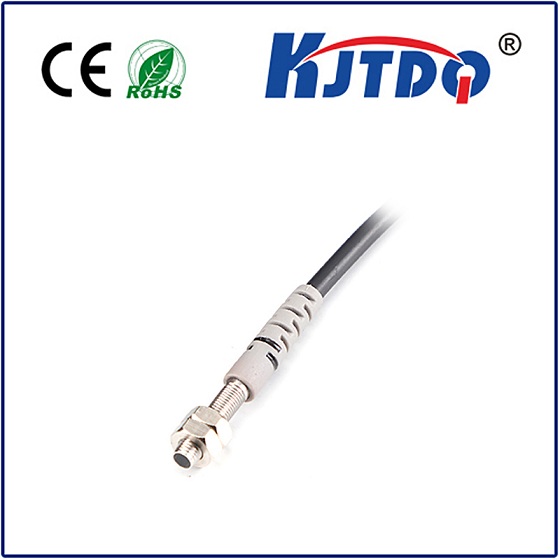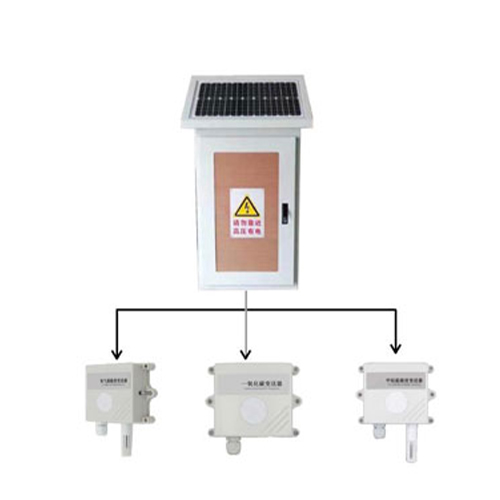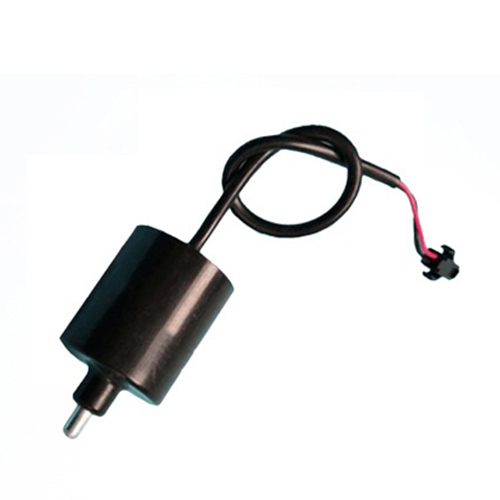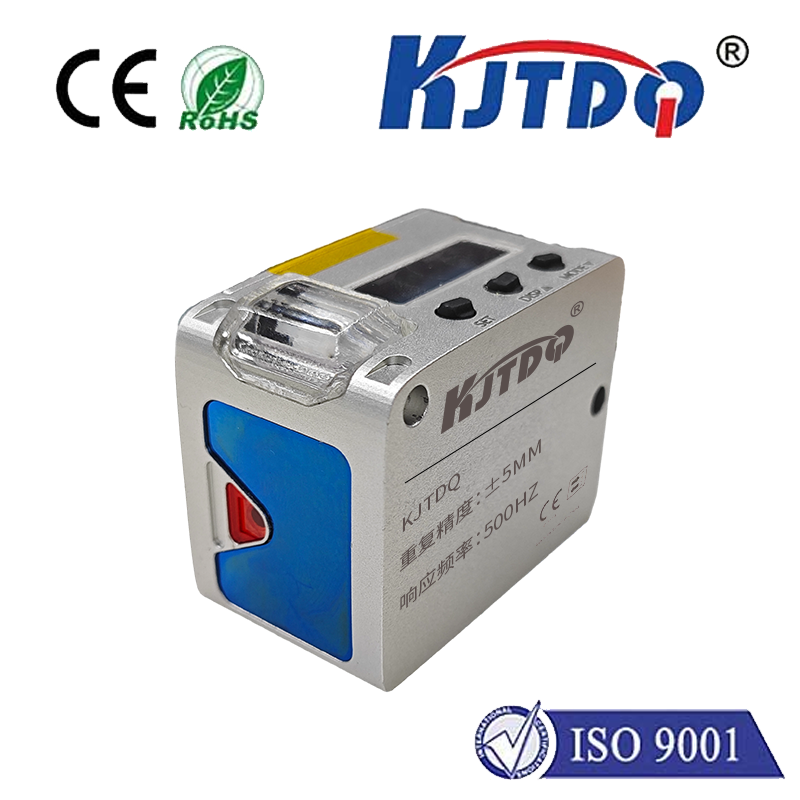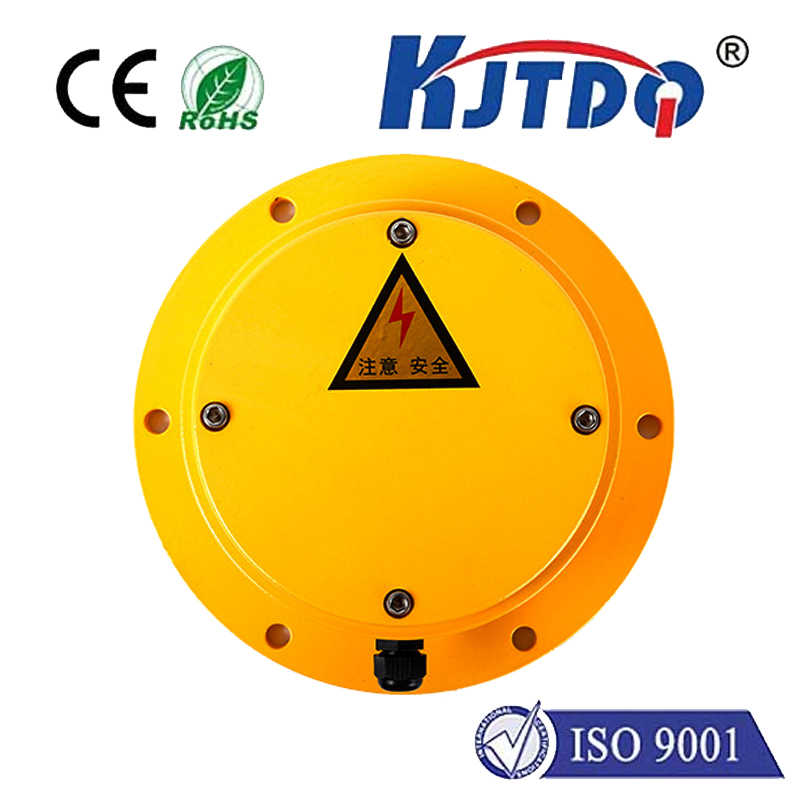Пневматический ограничитель
- time:2025-08-04 08:54:19
- Нажмите:0
Pneumatic Limit Switches: The Unsung Sentinels of Automation Precision
In the intricate choreography of modern industrial automation, where pneumatic systems provide powerful, efficient, and often intrinsically safe motion control, ensuring precise position confirmation is paramount. Enter the Пневматический ограничитель – a robust, reliable, and often overlooked hero quietly guaranteeing that cylinders stop exactly where they should and processes proceed as intended. Understanding its function and versatility unlocks a critical component for optimizing pneumatic system performance and safety.
More Than Just an Air Valve
At its core, a pneumatic limit switch is a position-sensing device specifically designed to detect the presence or absence of a moving part within a pneumatic system, most commonly a pneumatic cylinder piston rod or a cylinder body. Unlike its electrical counterpart which primarily sends an electrical signal, the pneumatic limit switch detects mechanical movement and outputs a compressed air signal. This signal acts as a confirmation, triggering subsequent actions within the pneumatic logic circuit – whether that’s initiating the next cylinder stroke, halting movement, enabling a safety interlock, or signaling a control system via an air-piloted valve.
How the Pneumatic Sentinel Works: Simplicity Breeds Reliability

The fundamental operation of a pneumatic limit switch hinges on mechanical actuation and pneumatic amplification:
- Mechanical Triggering: As the target (e.g., the cylinder piston rod) reaches its designated end-of-stroke position, it physically contacts the switch’s actuator. This actuator could be a plunger, roller lever, whisker, or even designed for direct body contact.
- Valve Actuation: The physical movement of the actuator directly operates a small internal pilot valve or poppet valve within the switch housing.
- Air Signal Generation: This valve operation either allows compressed air (supplied to the switch’s inlet port) to flow to the switch’s outlet port (signaling “actuated”), or blocks the supply and vents the outlet port to atmosphere (signaling “deactivated”).
- Pneumatic Feedback: The resulting air signal at the outlet port (typically pressurized or exhausted) is then used within the pneumatic control circuit. This air signal provides positive position confirmation directly in the language of the pneumatic system.
The Compelling Advantages of Choosing Air for Sensing
Why opt for a pneumatic limit switch over an electronic sensor? The answer lies in their unique strengths perfectly suited for demanding industrial environments:
- Intrinsic Safety & Explosion-Proof Operation: By design, pneumatic limit switches generate no electrical spark or heat during normal operation. This makes them ideally suited for hazardous locations (classified areas with flammable gases, vapors, or dust) where traditional electrical sensors pose ignition risks, eliminating the need for expensive explosion-proof enclosures.
- Robustness & Environmental Tolerance: Built from durable metals (like stainless steel or anodized aluminum) and engineered plastics, they excel in harsh conditions. They resist vibration, shock, temperature extremes, moisture, dust, oil, and corrosive washdowns far better than many electronic sensors.
- Simplified Integration: Their purely pneumatic nature allows for direct integration into existing pneumatic control circuits without requiring separate power supplies, signal conditioners, or complex wiring. This significantly simplifies installation and reduces points of failure.
- Cost-Effectiveness: For basic position confirmation tasks within pneumatic systems, pneumatic limit switches often offer a more economical solution compared to purchasing, installing, and protecting electrical sensors, especially in hazardous areas.
- High Repeatability & Reliability: With fewer components susceptible to electronic interference or failure, and a design focused on mechanical precision, they provide consistent and reliable feedback over extended periods with minimal maintenance.
- Fail-Safe Configurations: Certain designs allow configuration to vent the signal upon loss of supply pressure, providing a fail-safe state indication.
Where Air-Powered Precision Shines: Key Applications
Pneumatic limit switches find indispensable roles across diverse industries due to their reliability and environmental resilience:
- Machine Tooling: Confirming clamping/unclamping positions, tool changer positions, and safety door interlocks.
- Перевозка материалов: Detecting cylinder positions in palletizers, conveyor diverters, lift gates, and robotic end-effectors handling pneumatic suction or gripping.
- Packaging Machinery: Verifying positions of fill heads, capping stations, sealing jaws, and product gates in food, beverage, and pharmaceutical production (valuable in wash-down zones).
- Automotive Manufacturing: Used extensively in welding fixturing clamps, part transfer systems, paint shop automation, and engine assembly lines, especially in spray booths.
- Plastics & Rubber Processing: Position sensing on molds, ejector systems, extruder cutters, and conveyors within often hot and potentially dusty environments.
- Process Industries (Chemical, Petrochemical): Position feedback for valves, actuators, and dampers in explosive atmospheres where intrinsic safety is non-negotiable.
- Foundries & Metal Stamping: Operation in high-heat and particulate-laden environments where electronic sensors would fail prematurely.
Selecting the Right Pneumatic Sentinel: Key Considerations
Choosing the optimal pneumatic limit switch requires careful evaluation of several factors:
- Actuator Type: Plunger (compact, direct contact), Roller Lever (reduces wear, accommodates slight overtravel), Roller Plunger, Whisker (wide sensing angle), Body Sensing (detects cylinder body position). Match to target movement and mounting.
- Mounting Style & Flexibility: Options include cylinder port (mounts directly on cylinder port blocks), cylinder body clamping, standard bracket mounting, or specialized mounts. Ensure compatibility with your cylinder model and desired location. Mounting flexibility is crucial for optimal positioning.
- Pressure Rating: Must match your plant’s compressed air supply pressure (e.g., 30-150 PSI / 2-10 bar is common).
- Port Size & Thread Type: Common sizes include 1⁄8”, 1⁄4” NPT or BSP(P); ensure compatibility with your air lines and fittings.
- Switching Function: Normally Closed (NC - vents signal when actuated) or Normally Open (NO - outputs signal when actuated). Choose based on circuit logic requirements.
- Environmental Rating: Look for IP65, IP67, or higher ratings for dust and water resistance, especially in washdown or outdoor applications. Material compatibility (e.g., stainless steel) is vital for corrosive environments.
- Operating Temperature Range: Ensure the switch is rated for the ambient temperatures within your application.
- Repeatability: The precision with which the switch triggers at the same position repeatedly. Critical for high-precision tasks.
The Enduring Role of Pneumatic Feedback
In an era increasingly dominated by digital sensors and IIoT, the pneumatic limit switch remains a fundamental pillar of robust industrial automation. Its unparalleled combination of intrinsic safety, extreme environmental resilience, reliability, simplicity, and cost-effectiveness secures its place wherever pneumatic actuators perform critical tasks. By providing essential positive position confirmation directly within the air logic network, these unassuming devices act as vital sentinels, ensuring the smooth, safe, and precise operation of countless machines and processes worldwide. They are a testament to the enduring power of elegantly simple mechanical solutions within complex modern systems.

